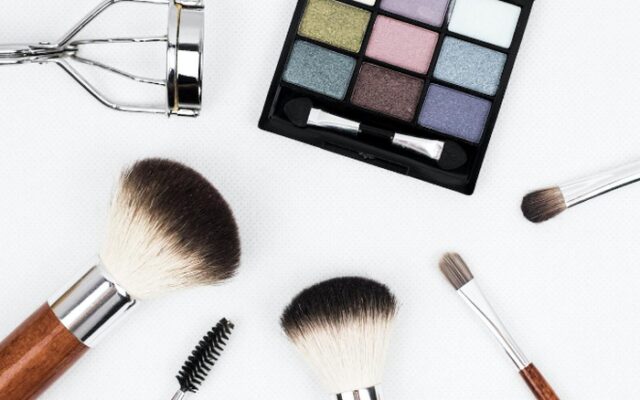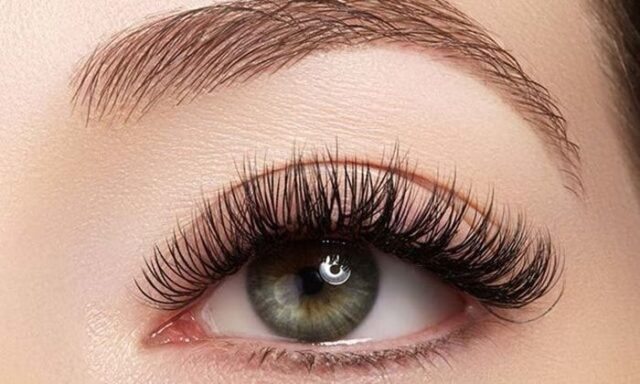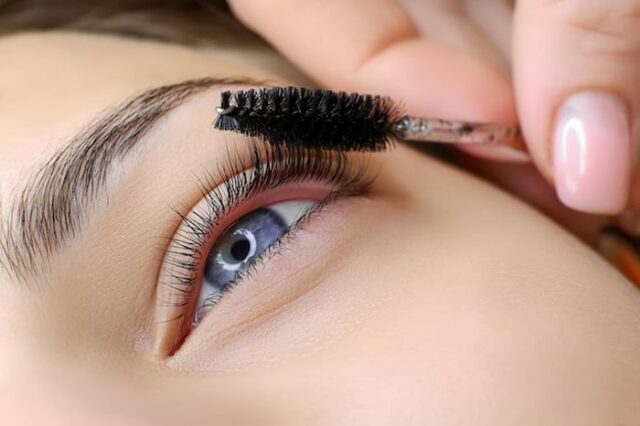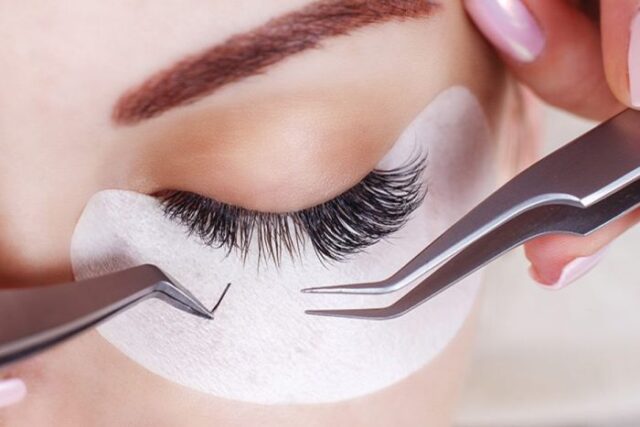
If you’re considering purchasing eyelash extensions for the first time, it’s important to do your research. From choosing the right type of lash to making sure they are properly applied and maintained, there is a lot to learn before taking that leap.
Eyelash extensions can give you enviable length and volume; however, if not done correctly they can cause harm to your natural lashes too! With that in mind, we’ve assembled the tips and tricks you need to know before buying eyelash extensions.
Here, we discuss the different types of lash extensions available on the market, along with key factors like safety measures and post-care advice. So read on to make an informed decision about which ones are best for you!
Understand the Different Types of Eyelash Extensions Available

When it comes to eyelash extensions, there are several different types to choose from. Synthetic lash extensions are the most common and made from a synthetic material. Silk lash extensions are softer and have a more natural look.
Lastly, mink lash extensions are made from real mink fur and are the most natural looking. It is important to consider the material and style that best suits both your budget and desired look.
Lean about the Different Techniques for Applying Eyelash Extensions
There are two main techniques when it comes to applying eyelash extensions. The classic technique involves one extension being glued to each natural lash. The result is a natural and subtle look.
The volume technique involves multiple lash extensions being glued to each natural lash, giving a more dramatic and fuller look. Understanding the different techniques and styles will help decide which one is best for you.
Preparing for Your Appointment

It’s essential to find a reputable and experienced lash technician to ensure a safe and satisfactory experience. Look for certified professionals with positive reviews and ask for recommendations from friends, family, or online communities.
Before committing to a full set of extensions, book a consultation with your potential lash technician. This allows you to discuss your desired look, ask questions, and address any concerns. Your technician should perform a patch test during this appointment to ensure you don’t have an adverse reaction to the adhesive used.
Assess Your Natural Eyelashes
Before getting eyelash extensions, it is important to assess the condition of your natural lashes. If your lashes are thin or weak, it may be best to opt for a lighter set of extensions to avoid causing any further damage.
Considering the length and thickness of your natural lashes will also help you choose the right type of extension. Your technician will advise you on the best style and length during your consultation.
The Application
Your lash technician will begin by applying a protective gel pad or tape to your lower lashes to prevent them from sticking to the extensions. They will then use tweezers to isolate individual natural lashes and apply the extensions one by one with a medical-grade adhesive. This process can take anywhere from 1.5 to 3 hours, depending on the desired look and the number of extensions applied.
Aftercare, Maintenance, and Cost

Aftercare and maintenance are important factors to consider when getting eyelash extensions. Ask your technician what products to use and avoid to preserve the life of your extensions.
Inquire about the process of maintaining them and how often you should book touch-up appointments. Lastly, be sure to discuss the overall cost of the process to ensure it aligns with your budget.
Allergic Reactions
Some individuals may experience an allergic reaction to the adhesive used during the application process. Symptoms can include redness, itching, and swelling around the eyes. If you suspect an allergic reaction, contact your lash technician immediately.
Infections
Poor hygiene or improper aftercare can result in bacterial or fungal infections. Ensure that you keep your lashes clean and avoid rubbing or pulling on them. If you experience pain, redness, or discharge, consult a healthcare professional immediately.
Damage to Natural Lashes
Extensions that are too heavy, applied incorrectly, or tugged on can cause damage to your natural lashes. This can lead to temporary or permanent lash loss, known as traction alopecia. To minimize this risk, choose a reputable lash technician and follow proper aftercare instructions.
Alternatives
If you’re not ready to commit to eyelash extensions, there are several alternatives to consider:
- False lashes: These temporary options can be applied at home for special occasions or daily use. They come in various styles and materials, including synthetic, silk, and mink.
- Lash lifts: This semi-permanent treatment involves curling and tinting your natural lashes to create a more dramatic look without the need for extensions.
- Lash growth serums: These products, available both over-the-counter and by prescription, can help to promote the growth and thickness of your natural lashes over time.
Professional Removal

If you decide to remove your extensions, it’s essential to have them professionally removed. Attempting to remove them yourself can cause damage to your natural lashes. Your lash technician will use a specialized remover to safely dissolve the adhesive and gently remove the extensions.
Consider the Pros and Cons of Getting Eyelash Extensions
While eyelash extensions can enhance your natural beauty, there are some potential drawbacks to consider. Pros include saving time on your makeup routine, having a fuller and flirtier look, and more.
Cons include the cost, needing regular touch-ups, and the risk of damaging your natural lashes. By weighing these, you can make an informed decision on if extensions are right for you.
Research Reviews from Previous Clients

It is always a good idea to do some research before choosing an eyelash extension technician and lash extension supplies and accessories. Browse online reviews and testimonials from previous clients to learn about their experiences.
Reading feedback from others who have already taken the plunge can help give an idea of what to expect and if the technician is right for you.












